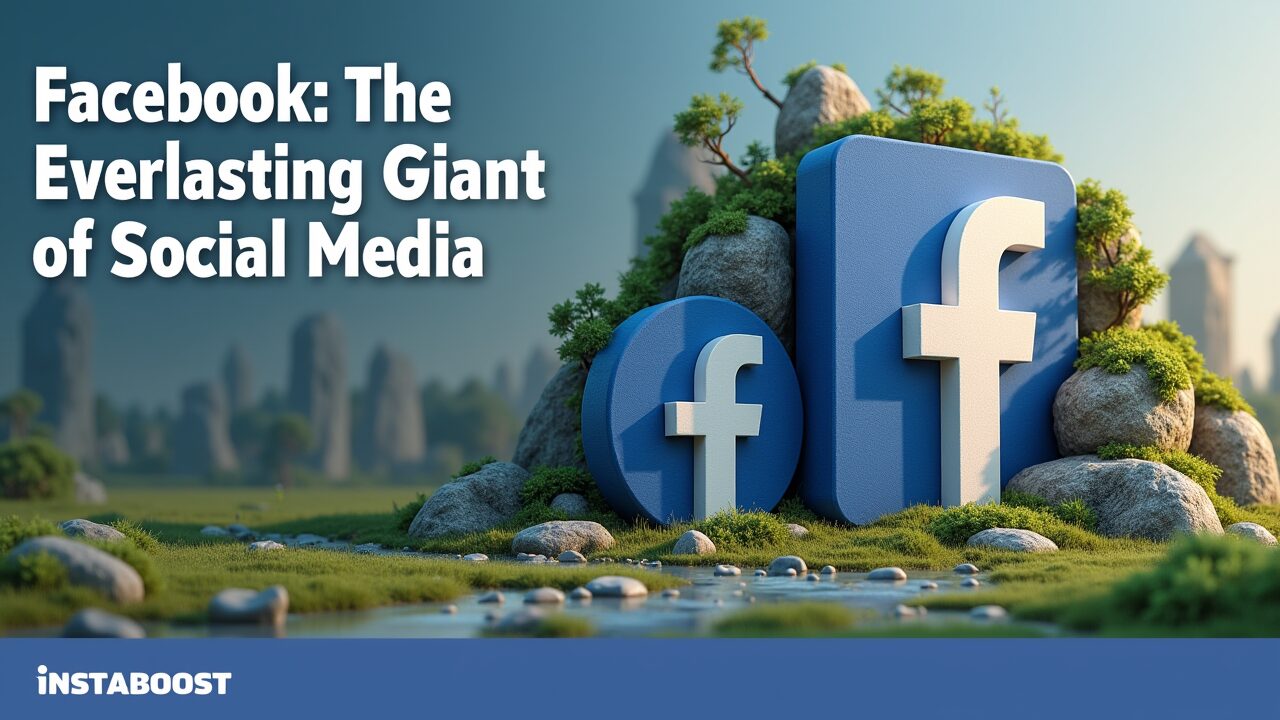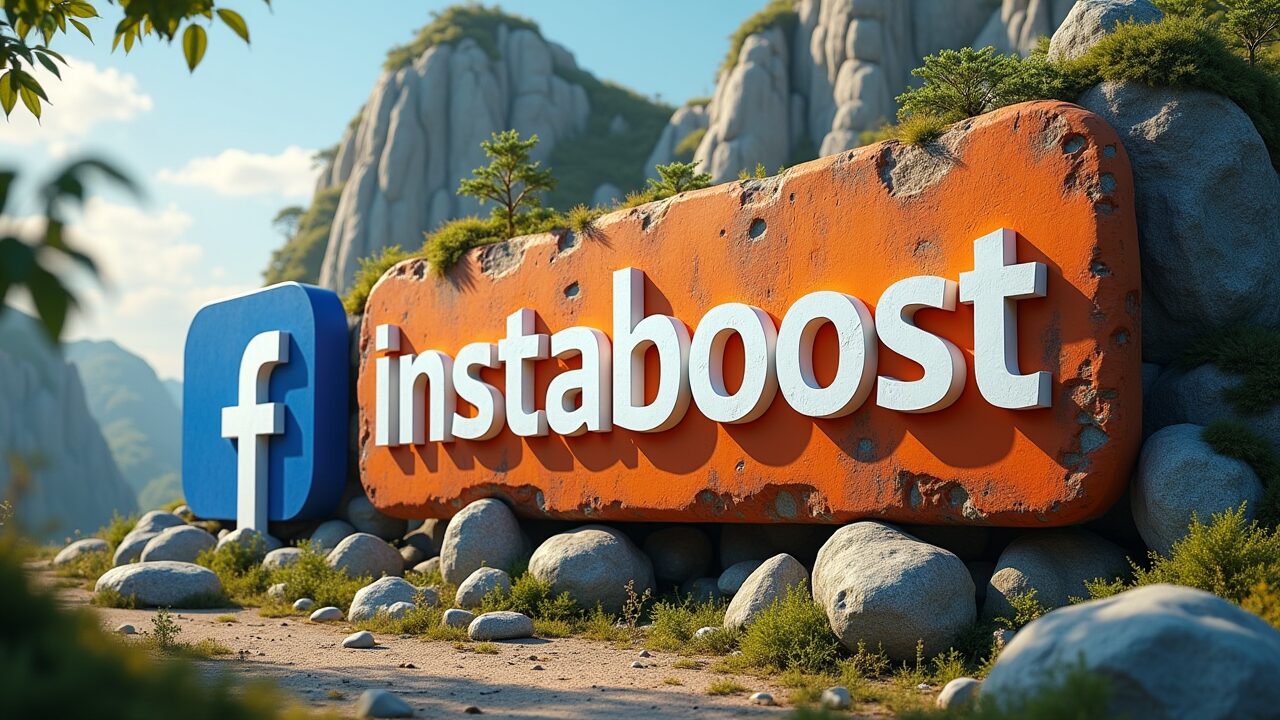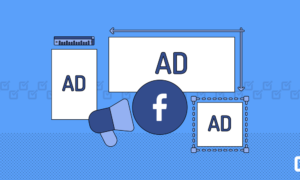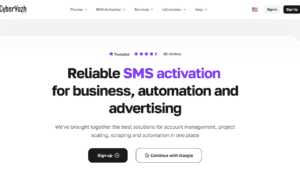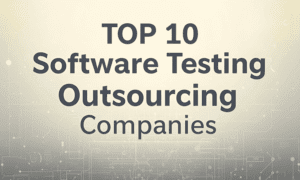As the greatest social platform in the world, Facebook has come from being a small Harvard-based site for social networking. In 2004, when Mark Zuckerberg and his college roommates launched their website called “The Facebook” no one could have predicted how this single site would have such an enormous impact on the globe with respect to communication, business, and digital culture. Initially targeted for students only, it quickly found popularity and spread to universities across the U.S. and became available to the public in 2006. On that note, what made Facebook innovate regarding social platforms were the digital identities. The user is not an anonymous profile but rather a real person establishing connections with family, friends, and colleagues in methods that felt personal and genuine.
With growth came added features. The big aha moment came in 2006 with the introduction of the News Feed, changing the mode of interaction online by turning Facebook into a hub for content sharing away from being simply profile-based. Users could now see real-time updates of their connections’ activities, which increased engagement and encouraged continuous interaction. Very soon, Facebook would introduce Pages, Groups, Marketplace, Live Streaming, and ad tools, all under one roof, ensuring that it ushered in business activity side by side with social networking. By the early 2010s, Facebook was the default online communication medium, completely outgrowing even emails and the simple text messages that could not sustain its usage. It was no longer a site for letters; it was a complete digital ecosystem in which so many hours were spent daily.
Facebook’s ability to travel with the trends is what keeps it dominant against upstarts like Instagram, Snapchat, and TikTok. While younger users are now diversifying their social media habits, Facebook still attracts almost three billion monthly users, making it the most used platform worldwide. What seems to keep Facebook alive through the ages is its resolution to accommodate different segments at the same time. From teenagers sharing memes to professionals networking, businesses advertising, and families catching up, Facebook truly offers something for everyone. This cross-demographic appeal ensures its success will continue in the face of ever-changing platforms and evolving trends in the social media space.
The Power of Facebook for Business and Branding
And the result is that one of Facebook’s most virulent assets is contributing to business growth and equity. This has started as a private social networking tool, over the years concentrated into a high-volume marketing powerhouse for brands, influencing agents, and emergent companies that can connect on an almost massive scale with customers. Unlike the more conventional signages like television or print media, Facebook enables businesses to go directly to their targets without having to go through influencing the message, allowing them to develop a close rapport-the building of relationship-with the consumer. Today, digital marketing is fast becoming a very scientific interactive process, thanks to Facebook’s advanced analytics, audience targeting, and customer engagement tools.
Through Facebook Pages, businesses can open a digital shop online by sharing updates or showcasing their products alongside interactions with consumers. These pages differ from static websites because they allow businesses to answer inquiries, gather public opinion by conducting surveys, and engage the public with two-way communications. Such accessibility tends to trust and brand loyalty, which is the reason most big companies tend to highly invest in their Facebook presence. On the other hand, small businesses leverage this platform to market their products and services affordably to a greater audience without tens of millions of advertising dollars.
But on Facebook, it is visibility that counts. On a day when millions of posts pour into users’ feeds, it is interesting at the worst to have users and consumers and influencers stand above others on the scene. To achieve this, most people need to acquire audience-building marketing strategies like INSTABOOST, which aims to raise Facebook page engagement and find its content to the appropriate audience. Through improved follower and interaction counts, brands generate necessary social proof among organic users more likely to engage with pages already perceived as popular and active. The Facebook algorithm also favors content generating engagement, such that the more likes, shares, and comments a post receives, the more likely it is to be seen by a broader audience.
Meanwhile, Facebook Groups define another way out for companies that look forward to creating interactive communities for their brands. Unlike standard pages, Groups allow some peer-to-peer interactions, where members can provide insights, inquire, or discuss topics that matter to them. This creates a dynamic space where users feel more connected to a brand, rather than simply being passive consumers of content. Such a sense of community engenders more brand loyalty and can grant businesses real-time customer feedback to improve their future marketing strategies. It transforms the traditional one-way communication model into a more engaging, collaborative experience, where brands and customers build relationships through constant dialogue and shared interests.
With the increasing difficulty of gaining organic reach on Facebook Pages, many businesses now use Groups as a tool to boost Facebook page engagement and ensure that their content reaches the right audience. Facebook’s algorithm naturally favors Group discussions, meaning posts in active Groups tend to appear more frequently in members’ feeds compared to standard page updates. This advantage makes Groups an essential asset for businesses looking to maintain visibility without heavily relying on paid advertising. When users engage in Group discussions, they not only interact with the brand but also with each other, fostering a deeper connection and making the community feel more authentic. Such interactions also make a brand appear more approachable and trustworthy, which is essential for customer retention.
The Role of Paid Strategies in Facebook Growth
Organic engagement is essential, but Facebook’s algorithm has made it almost impossible for pages to go viral without paid methods. At one time, businesses could depend on virality and word of mouth to grow an audience; today, however, the algorithm promotes posts from friends and families over business pages, leaving even the best posts in the dust when it comes to visibility. With that, paid ads and strategic follower growth have become the two pillars of a successful Facebook marketing strategy.
Arguably, one of the best visibility tools for brands, Facebook Ads enable a business to target specific demographics according to their geographical location, interests, behaviors, and even previous interactions with the brand. Therefore, Facebook Ads stand in stark contrast to traditional advertising, which is more like a net cast wide to catch anything in its path; rather, Facebook Ads are focused on delivering the right message to the right group of people at exactly the right time. Turning the spotlight onto a brand at its joint choice is also economical. Whether it is about the launching of a new product, directing traffic to a website, or collecting leads, the messages are a combination of conducting each activity for maximum conversion and ROI.
Another rising trend is engaging in Facebook follower purchase tactics. Some might call it unethical; however, a high follower count presents a good amount of social proof to attract organic users. More users are likely to interact with a page that is already generating plenty of interaction- causing ripple effects of engagement and gaining visibility. It is, however, important to use quality services such as INSTABOOST, which provides real, active followers instead of bots or inactive accounts. When used correctly, combining paid ads with follower growth strategies can give a business the boost needed to attain sustainable long-term success.
Why Facebook Will Continue to Dominate
While some people argue that Facebook is losing its relevance, the numbers have another story to tell. Almost three billion users make Facebook the largest social media platform and the most powerful in the world. The assurance of integrating all types of content, be it text, images, video, live streaming, or e-commerce, is what ensures the viability and adaptability of Facebook in an ever-evolving digital world. Unlike new platforms that cater to specific niche audiences, Facebook is a platform with mass appeal where businesses, creators, and individuals looking to connect, share and build their online presence can turn.
On the horizon, these changes are a continuous Facebook evolution required for modern users. Facebook Shops, augmented reality experiences, and AI-based content recommendations are granulating the future of the platform so that even in the years to come, it will find a place in the core of contemporary advertising work. This indicates that building growth on Facebook is not merely a short-term concern for companies; rather, it is an asset for the long term. Brands are set to survive by increasing their visibility on Facebook and being engaged with their audiences through a combination of organic and paid methods.
At the end of the day, Facebook becomes more than just a social network; it is an enterprise-multiplying tool, a digital equipment mall, and a community-building platform. All those who can understand the terrain and exploit opportunities for growth will always come out on top. As an entrepreneur, influencer, or business owner, learning to tackle the opportunities Facebook offers is one of the smartest things to do in the digital world today.

